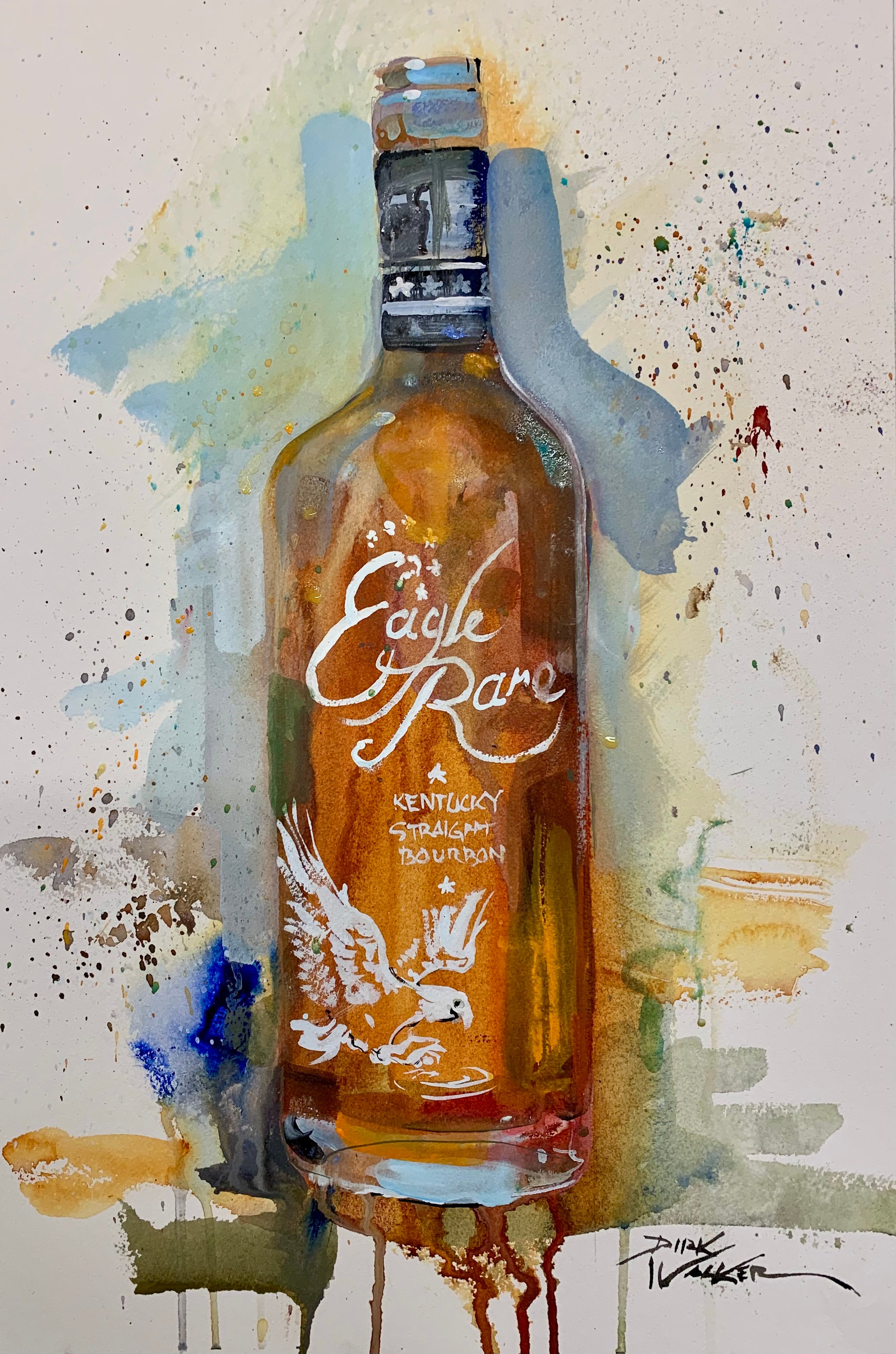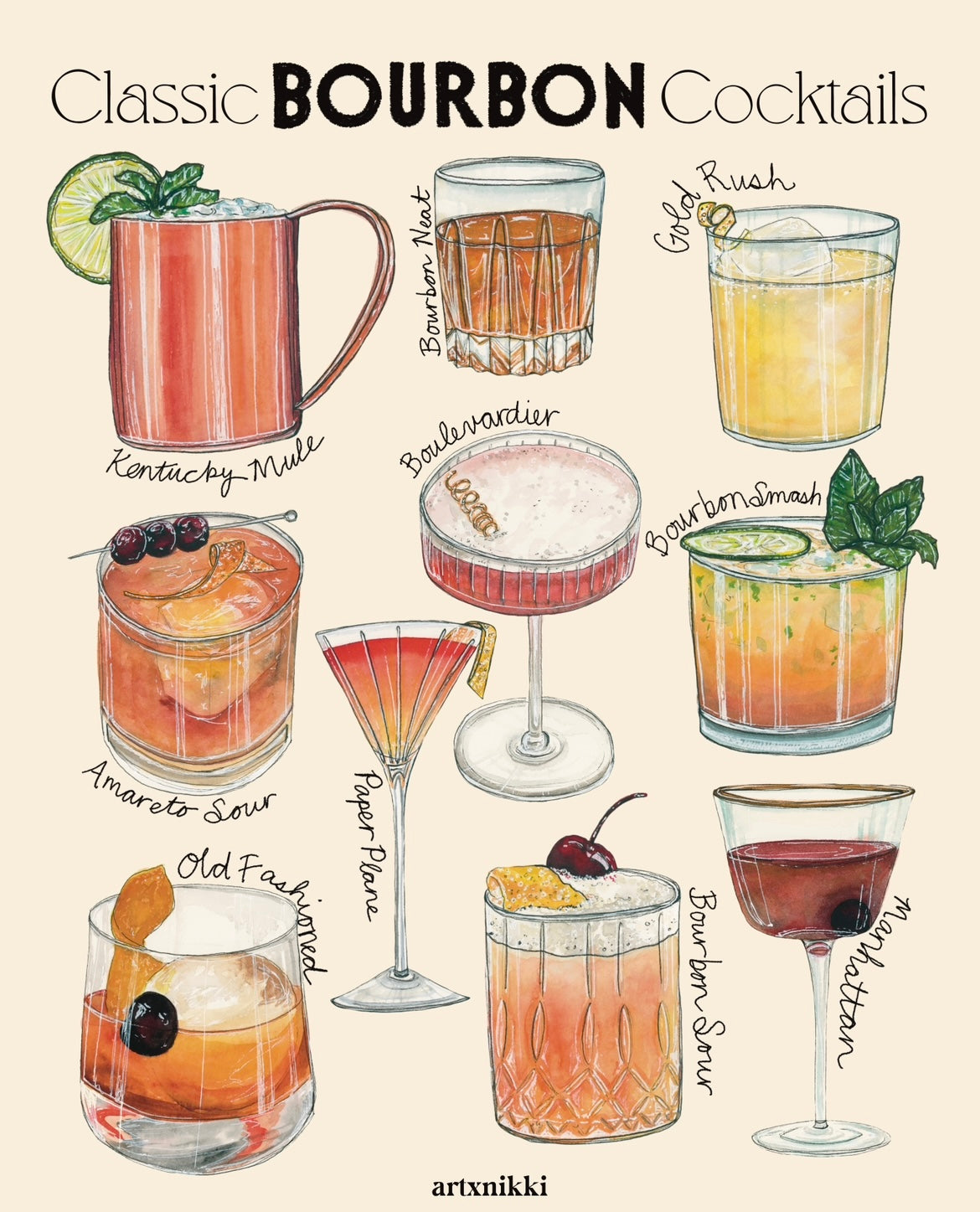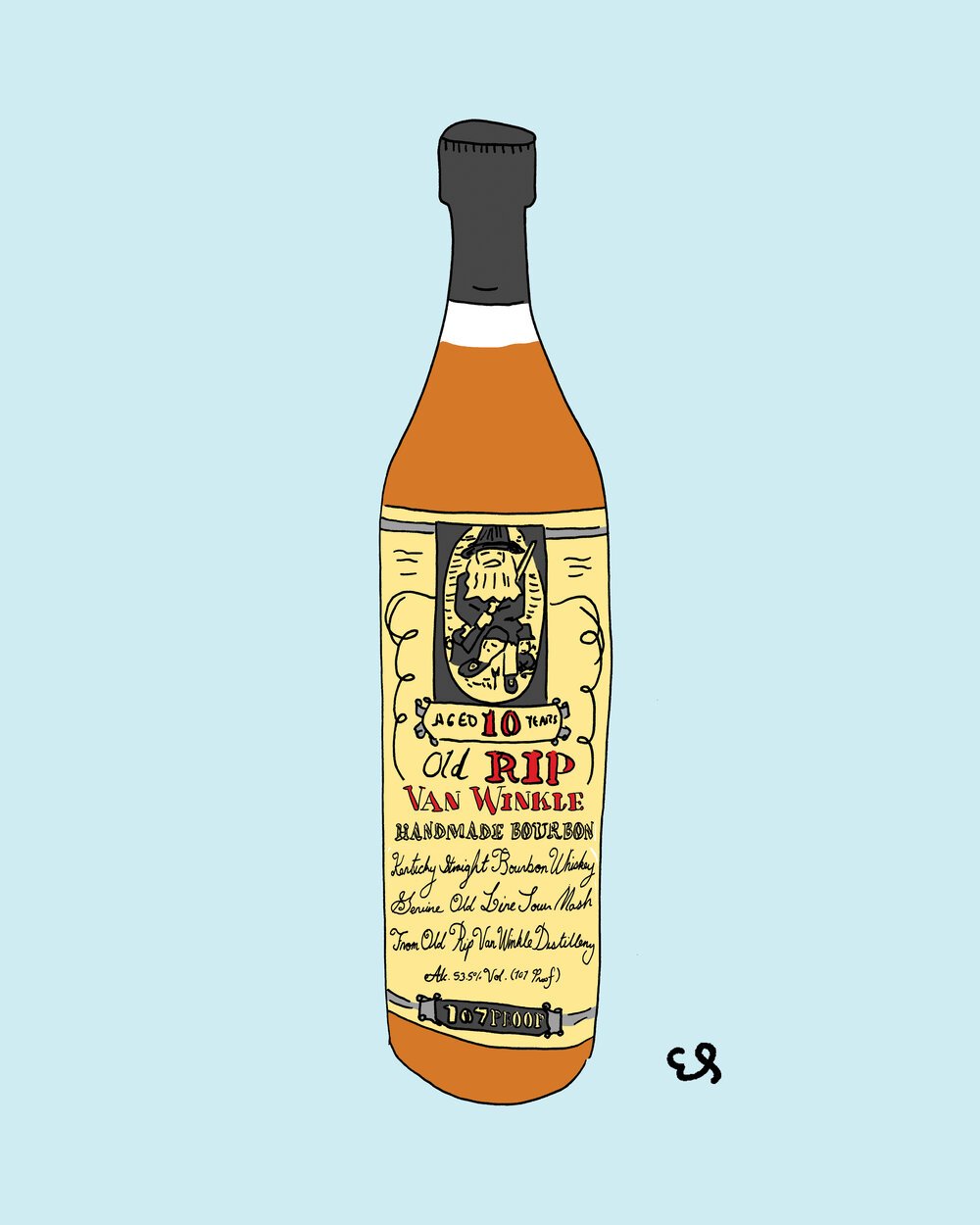Whiskey Art as a Declaration: Just How It Improves Home Decoration
Whiskey Art as a Declaration: Just How It Improves Home Decoration
Blog Article
The Value of Whiskey Art in Celebrating Heritage and Workmanship in the Beverage Industry
The complex connection in between scotch art and the celebration of heritage and workmanship within the beverage sector can not be overstated. Via thoughtfully designed labels and containers, scotch brands envelop their historical origins and the artisanal abilities that define their manufacturing techniques.
The Historical Roots of Whiskey
At the heart of scotch's attraction lies an abundant tapestry of historical origins that map back to old worlds. The beginnings of whiskey can be linked to the purification practices of the Sumerians and Babylonians around 2000 BCE, where very early forms of fermented grain beverages started to emerge. However, it remained in the Center Ages that the art of distillation evolved significantly, particularly in Ireland and Scotland, leading to the production of scotch as we recognize it today.
The term "bourbon" itself derives from the Gaelic word "uisce beatha," indicating "water of life." This expression emphasizes the cultural importance of scotch in Celtic cultures, where it was typically linked with rituals, events, and common bonding. By the 15th century, purification came to be a recognized craft within monastic communities, paving the method for the establishment of lawful distilleries.
As profession courses increased, bourbon's popularity grew, transcending regional boundaries and capturing the passion of lovers worldwide. Realism Art. This historic trip mirrors not just the workmanship behind bourbon manufacturing yet additionally its integral role in social and cultural contexts, marking it as a considerable beverage throughout history
Artistic Expression in Branding
Whiskey branding stands as a compelling intersection of creativity and business, where visual identity plays an important function in shaping consumer perception. The looks of scotch labels, product packaging, and advertising materials reflect not only the brand name's tale however also its core values and heritage. Via imaginative expression, distilleries convey a story that reverberates with consumers, evoking feelings and triggering connections.
Using color, typography, and imagery in branding offers to distinguish items in a saturated market. Typical themes might evoke a feeling of authenticity and workmanship, while modern designs can symbolize innovation and forward-thinking. This critical artistic instructions enhances brand acknowledgment and loyalty, enabling customers to forge an individual partnership with the scotch they select.
Moreover, artistic expression in branding typically functions as a celebration of local heritage. Distilleries frequently integrate neighborhood symbols or historic referrals into their styles, developing a sense of location that welcomes customers to partake in a wider social experience. Inevitably, the artistry behind scotch branding not just boosts visual appeal however additionally improves the overall narrative of the brand, promoting a much deeper appreciation for the craftsmanship and heritage embedded in each bottle.
Craftsmanship in Container Design
The creativity obvious in bourbon branding expands past visual identity to include the craftsmanship included in container layout. Each container acts as a vessel not just for the spirit within, but also for the story it outlines its quality, tradition, and origin. The design procedure calls for thorough focus to information, as aspects such as material, form, and closure add dramatically to the total assumption of the bourbon.
Craftsmanship in bottle design basics entails choosing top notch glass that can improve the scotch's color and quality, while likewise offering a tactile experience for the customer. The shape of the bottle must be both useful and visually attractive, commonly showing the heritage of the brand. Several distilleries choose for distinct forms or printed logos that stimulate a sense of credibility and history.
Moreover, the label design and typography play a crucial duty in communicating the brand name's narrative. Bourbon Art. A well-crafted container not only mesmerizes the consumer's eye however additionally strengthens the brand name's dedication to quality and tradition. This way, the craftsmanship of container design comes to be a crucial aspect of the bourbon experience, merging creativity with a profound regard for heritage
Social Importance of Bourbon Art
Commemorating custom and workmanship, the social importance of bourbon art transcends simple looks, linking with the historical and social stories of the regions where it stems. Each bottle functions as a canvas, portraying the one-of-a-kind stories, mythology, and traditions that have formed neighborhood whiskey-making practices. The complex layouts typically mirror the heritage of the distillers, including symbols and motifs that reverberate with the culture and worths of their areas.

Additionally, bourbon art plays an important duty in communal events and celebrations, offering as a concrete web link between people and their shared experiences. By valuing the artistry in scotch product packaging, consumers grow a much deeper understanding and respect for the craft, eventually improving their enjoyment of the drink itself.
Modern Trends in Whiskey Presentation
In recent times, the discussion of whiskey has advanced to reflect contemporary preferences and fads while still recognizing conventional workmanship - Bourbon Art. Distilleries are progressively concentrating on visual elements that improve the general alcohol consumption experience, linking the gap between heritage and modernity
Ingenious bottle styles have actually arised, often incorporating sustainable materials and creative tags that inform engaging tales. Several brand names now work together with regional musicians, instilling their items with one-of-a-kind aesthetic expressions that reverberate with customers. In addition, limited-edition launches are often packaged in collectible containers, adding worth and charm for lovers.

Conclusion
In final thought, scotch art works as a vital channel for revealing the heritage and workmanship integral in the beverage industry. With complex branding, cutting-edge bottle styles, and culturally substantial imaginative elements, whiskey brands efficiently honor their customs and get in touch with customers. This imaginative story not just boosts the gratitude of scotch however likewise strengthens neighborhood identification and satisfaction among producers. Eventually, scotch art plays a necessary function in preserving and commemorating the rich social Bonuses tapestry of whiskey-making.


Workmanship in container style involves picking high-grade glass that can boost the scotch's shade and clearness, while also providing a responsive experience for the consumer. In this way, the workmanship of bottle design comes to be a crucial aspect of the bourbon experience, combining artistry with an extensive respect for heritage.
In conclusion, whiskey art offers as a crucial conduit for sharing the heritage and craftsmanship inherent in the drink industry.
Report this page